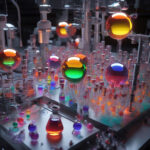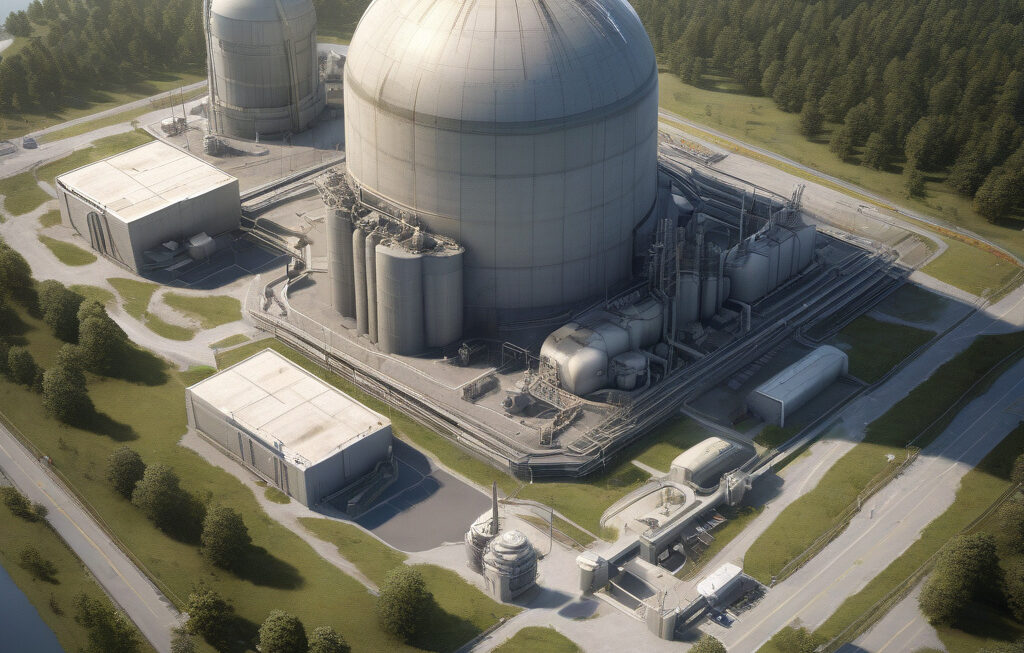Next-gen Nuclear Reactors Get Stronger Shielding Upgrade with Breakthrough Design
Scientists at the NEAL of the University of South China have developed a novel radiation-shielding technology that promises to revolutionize the safety and efficiency of next-generation nuclear reactors. This breakthrough design not only enhances protection against radiation leaks but also improves the overall performance of nuclear reactors, paving the way for a more sustainable and secure energy future.
The new shielding material, composed of a unique blend of lead and tungsten polymers, boasts superior durability and heat resistance compared to conventional lead shielding. This innovative combination effectively blocks harmful radiation while withstanding high temperatures, ensuring the structural integrity of the reactor core even under extreme conditions.
One of the key advantages of this advanced shielding design is its compactness and lightweight nature, which allows for easier installation and maintenance within the reactor facility. Traditional lead shielding is bulky and cumbersome, requiring significant space and resources for implementation. In contrast, the new lead-tungsten polymer blend offers a more streamlined solution that maximizes efficiency without compromising on safety.
Moreover, the enhanced shielding material exhibits exceptional flexibility, enabling it to conform to various shapes and configurations within the reactor structure. This adaptability is crucial for optimizing coverage and minimizing radiation exposure in critical areas, further reducing the risks associated with nuclear power generation.
In addition to its superior shielding capabilities, the new design also demonstrates improved thermal conductivity, assisting in the efficient dissipation of heat generated during nuclear reactions. By effectively managing thermal energy within the reactor core, this technology enhances overall performance and prolongs the lifespan of crucial components, contributing to greater operational stability and reliability.
Furthermore, the lead-tungsten polymer blend is environmentally friendly and cost-effective, offering a sustainable alternative to traditional shielding materials that may pose disposal challenges. With a focus on long-term sustainability, this innovative solution aligns with global efforts to transition towards cleaner and more efficient energy sources while ensuring the safety and security of nuclear power production.
The implications of this breakthrough design extend beyond the realm of nuclear energy, with potential applications in medical imaging, industrial radiography, and space exploration. The versatility and effectiveness of the new shielding material make it a valuable asset in various fields where radiation protection is paramount, highlighting its far-reaching impact and innovative potential.
As scientists continue to push the boundaries of nuclear technology, advancements like the lead-tungsten polymer blend developed at the NEAL of the University of South China represent a significant step forward in enhancing the safety, efficiency, and sustainability of nuclear reactors. By combining cutting-edge research with practical engineering solutions, these innovations pave the way for a brighter and more secure energy landscape, setting a new standard for the next generation of nuclear power.
In conclusion, the breakthrough design of next-gen nuclear reactors with stronger shielding upgrades marks a transformative milestone in the realm of nuclear energy technology. With its unprecedented combination of radiation protection, thermal conductivity, and sustainability, this innovative solution heralds a new era of safety and efficiency in nuclear power generation, shaping the future of clean energy production for generations to come.
next-generation, nuclear reactors, shielding upgrade, breakthrough design, sustainability












